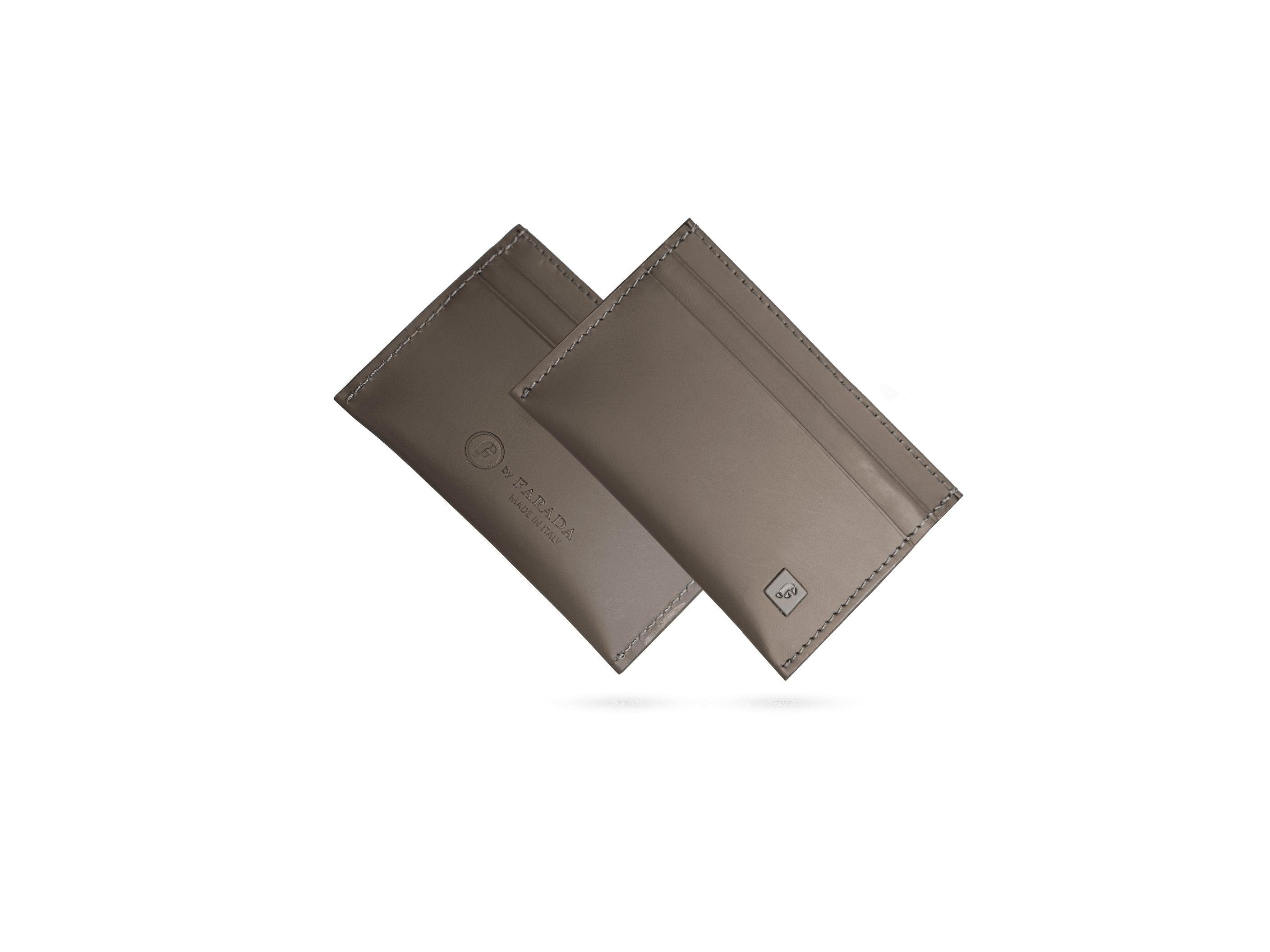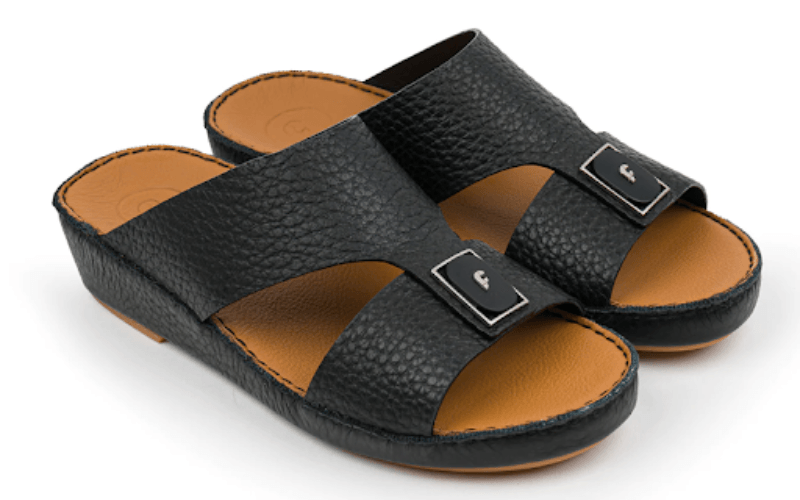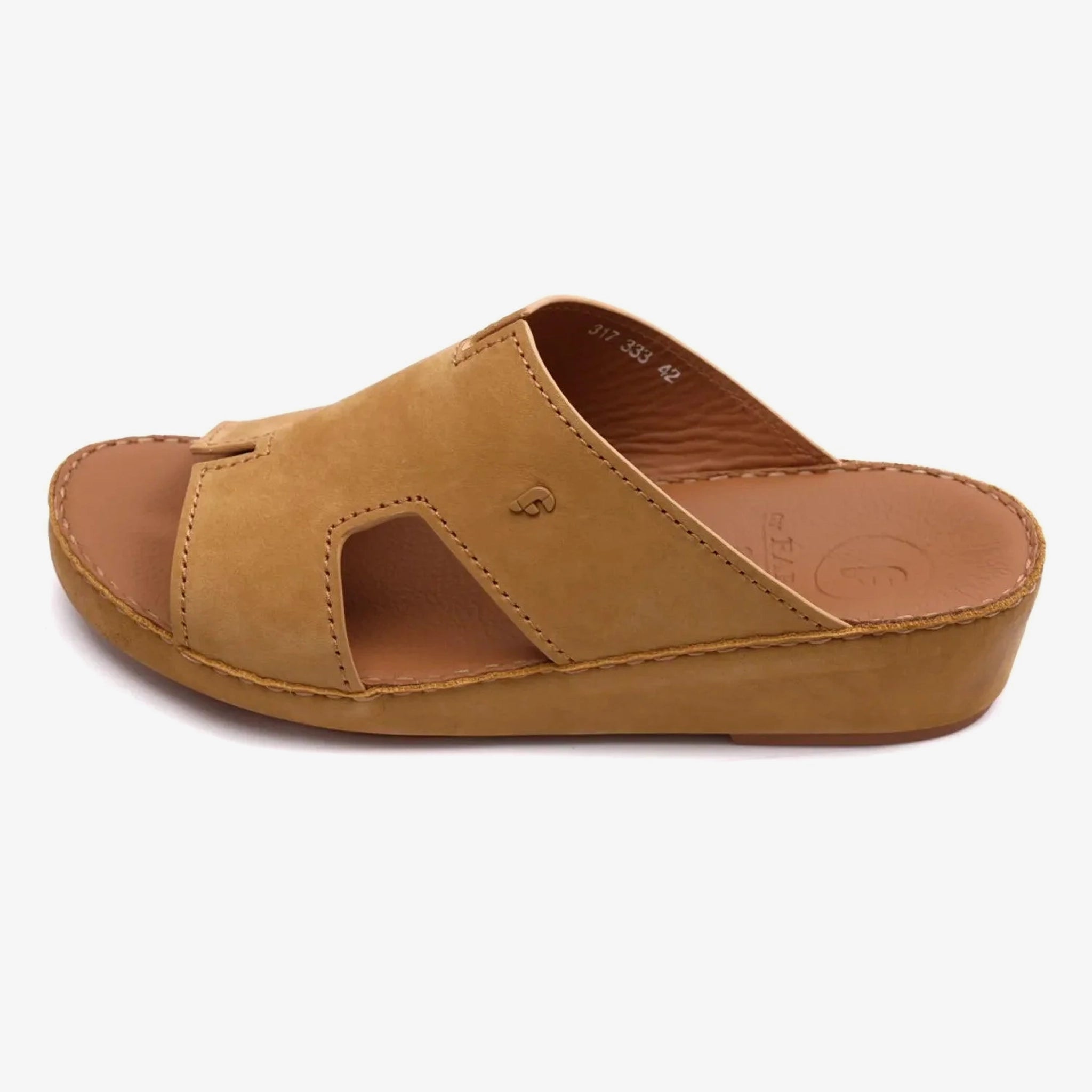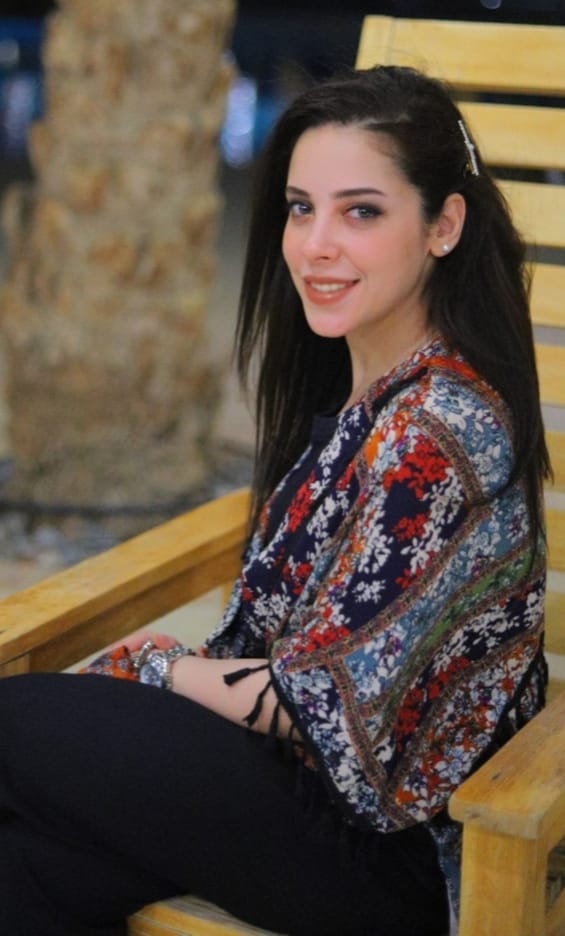Table Of Contents
Middle Eastern-style sandals come in different finishes, shapes, and colors; they are probably the most easily distinguishable type of footwear globally.
Some of these sandals are open toed, covering the upper part of the foot. Some other versions have an oversized opening that wraps around the large toe.
Arabic sandals stand out for their use of pure leather, comfort, and style that you do not find in any other kind of footwear. Since the olden days, these sandals have been an important part of Arabic culture, and their importance only seems to increase with time.
No matter the type of Arabic sandals you choose, the result is elegant and sophisticated footwear ideal for formal and casual use. Arabic sandals have always been a part of the traditional attire of this region and in this article, we will explore what makes these an important part of Middle Eastern culture and heritage so stay with us till the end.
Historical Account
Arabic sandals got their early influence from other neighboring countries and cultures. The ancient Bedouins did not wear shoes since they were not very practical in sand. Come winter, these people would wear socks made from goat or camel hair for warmth. However, this would often become uncomfortable, especially if you traveled long distances on foot.
The Arabic sandals were mainly the result of trade routes where people from different cultures interacted with each other and shared useful information. The mens signature Arabic sandals with open-toe designs were inspired by Indian travelers. These sandals would soon break down, and you had to take them for repair. The skilled craftsmen would use little metal rings to stitch the sandals, eventually leading to the signature look of the Arabic sandals.
This is what gave way to “Naal” which is an Arabic word that translates to footwear that you can wear in all seasons. A recent version of this is “Naal bu saba”. These sandals separate your big toe from other toes with a piece of leather. The rest of your foot is covered with a wing-shaped leather piece. This provides your entire foot with protection without sacrificing comfort.
The Evolution

The original shape and style of these Arabic sandals have essentially stayed the same for centuries. However, these hammered Arabic sandals have also undergone some changes in terms of materials, shapes, and overall looks, especially in the past few decades.
The materials, stitching methods, and quality of these sandals all have gone through a transformation, making these traditional sandals popular with modern attire as well.
Gone are the days when these Arabic sandals were only an item of necessity and nothing more. Now, most people wear them as a statement of sophisticated style and fashion as well. The potential marketability of these sandals has inspired local and international shoe manufacturers to release their versions of the Arabic sandals.
Back in 2013, a famous Italian shoe designer, Cesare Paciotti, introduced a special class of Arabic sandals for the UAE market. Another major player who appeared on the scenes was Berluti, who released limited-edition Ramadan sandals back in 2017 that attracted huge attention. Other brands like Tod’s, Givenchy, and Loro Piana have also launched their own versions of the classic Arabic sandals.
This resulted in more people getting interested in Arabic sandals. Now, people are even willing to experiment with different accessories and attires that go well with these shoes.
The timelessness and class of these sandals have stood the test of time, which shows how amazing this traditional piece of Arabic footwear is.
Cultural Significance

Sandals have always been an important part of Arabic and Islamic attire. Wearing sandals is considered easier and more practical since Muslims must pray five times a day. You can easily take these off before performing ablutions and then put these on quickly after the prayer.
Muslims also prefer sandals since they are a clean and modest choice of footwear. These sandals do not cover your entire foot and ankle, which prevents sweating and uneasiness.
Another reason why Muslims wear sandals is to show their humility and humbleness. Mens Arabic sandals are not flashy or expensive, preventing you from feeling better than others.
Another cultural factor that influenced the style of these sandals is the hot and humid climate of the Middle East. The Arabic sandals give your feet room to breathe and that gives you more comfort.
The Many Sandals of the Prophet Muhammad
The Muslim faith is known worldwide for its devotion to the Islamic cause and its love and reverence for the prophet Muhammad. Muslims idealize their prophet, and they do not miss any opportunity to follow his lead in every matter of their personal and communal lives. The prophet of Islam was seen wearing sandals on more than one occasion.
He wore a pair of two straps on his sandals, as related by Al Bukhari. According to an account by Al-Kurdi, the prophet wore more than 100 different types of sandals in his lifetime.
The image of noble prophetic sandals also has a huge influence on the popularity of Arabic footwear. The sandals thus connect every Muslim and Arab to their prophet, who is considered the best human being to have ever existed in the Islamic context.
Conclusion
The Arabic and Middle Eastern sandals are unique and hold many historical, cultural, and religious significance. Though these sandals were not originally from Arabs the local culture and other factors, like the weather conditions of this region, influenced their design to a great degree.
This traditional footwear is now being produced for men and women to wear on all occasions. It is and elegant, and most importantly it allows you to stay connected to your culture and heritage.





























